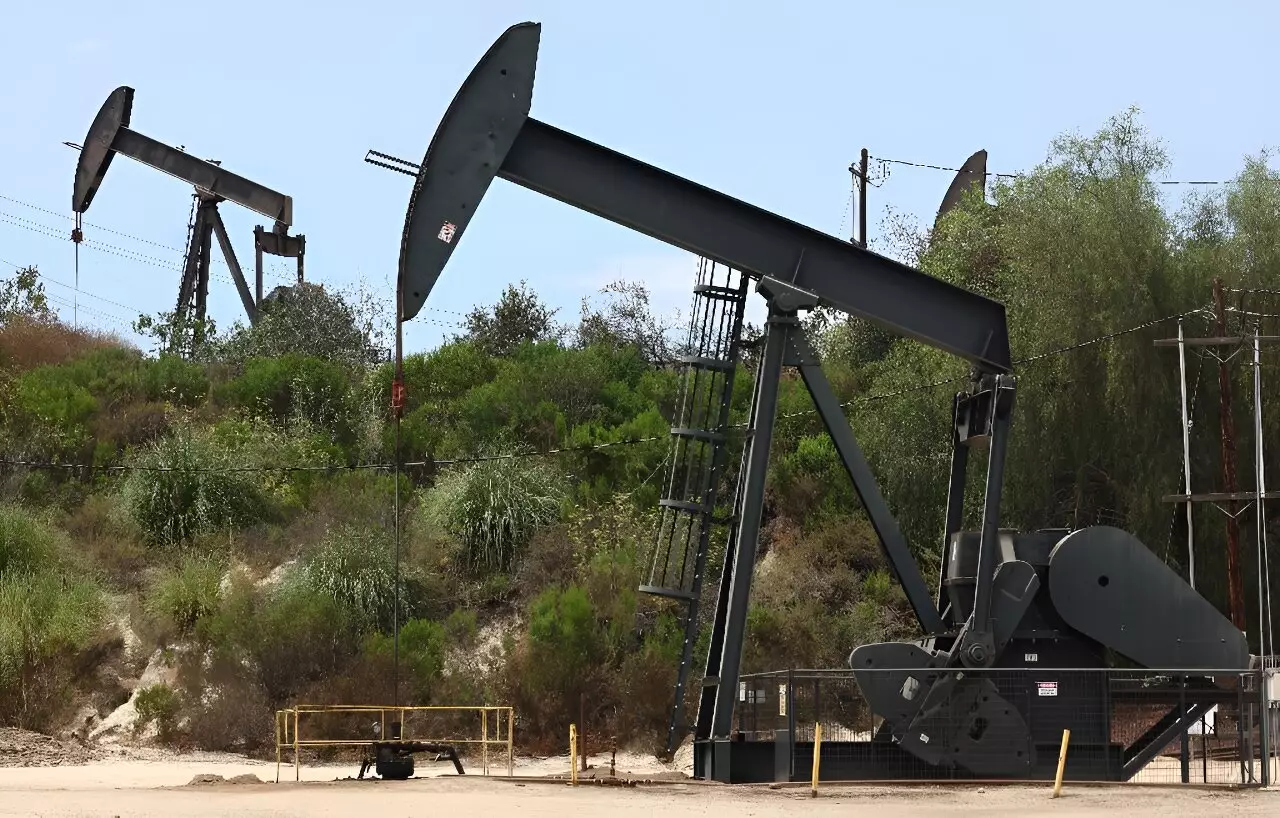The International Energy Agency recently released a startling report predicting a significant surplus of oil by 2030. This surplus is expected due to the increase in production coupled with the slowdown in global demand as the clean energy transition gains momentum around the world. The agency predicts that demand will stabilize at 106 million barrels per day by the end of the decade, while the overall supply capacity could reach a staggering 114 million barrels per day.
Challenges for Oil Markets
The surplus of eight million barrels per day that is projected by the IEA is something that oil markets need to start preparing for now. The report highlights the need for oil companies to reassess their business strategies and plans in order to adapt to the changing landscape of the industry. As demand peaks and begins to decline by 2030, companies will need to navigate through a major supply surplus that is likely to emerge in the coming years.
While countries like China and India, as well as industries such as aviation and petrochemicals, will continue to drive oil demand, there are significant shifts expected in the market. The rise of electric cars, improvements in fuel efficiency for traditional vehicles, and the decreasing reliance on oil for electricity production in the Middle East will all contribute to limiting the overall demand increase to approximately four percent by 2030. Advanced economies are also expected to see a decline in oil demand, marking the lowest levels since 1991.
The report also highlights the looming surge in oil production capacity, particularly led by the United States and other countries in the Americas. This increase in production capacity could result in a surplus of eight million barrels per day, a level that was previously only seen during the COVID-19 lockdowns in 2020. Such a surplus could potentially lead to a lower oil price environment, posing challenges for the US shale industry and the OPEC+ bloc led by Saudi Arabia and Russia. The report suggests that this surplus could disrupt the current market management strategy aimed at stabilizing prices.
The world is on the brink of a major shift in the oil industry, with a surplus projected to impact the market significantly by 2030. Oil companies, governments, and industry stakeholders will need to adapt to this changing landscape to ensure sustainability and resilience in the face of evolving global dynamics.


Leave a Reply